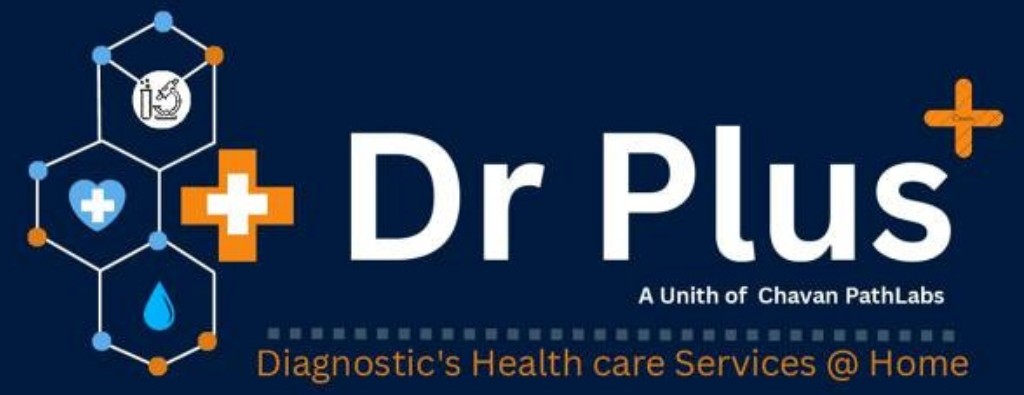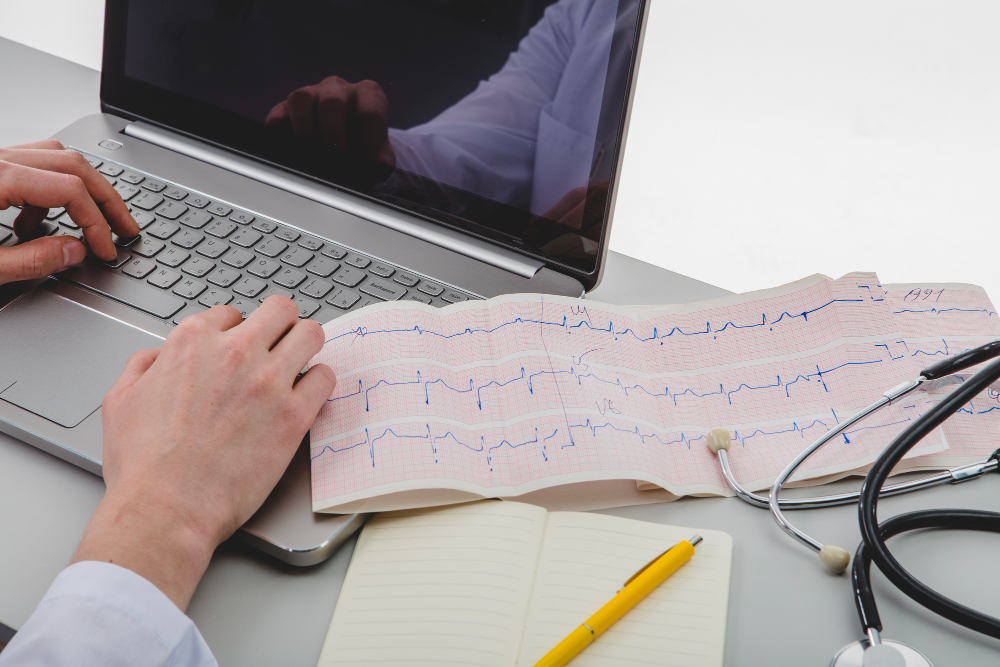Introduction
Many people hear about ECGs during heart checkups. An ECG, or electrocardiogram, is a simple test that checks your heart’s health. It helps doctors spot heart problems early. Because heart disease is common, knowing about ECGs can help you stay healthy. In this blog, you will learn what an ECG is, how it works, and why it matters for you and your loved ones.
What is an ECG?
An ECG, also called an electrocardiogram test, records the electrical signals in your heart. These signals control your heartbeat. The test shows if your heart beats normally or if there are any issues. Doctors use ECGs to check for heart disease, rhythm problems, and other heart conditions. The test is quick, safe, and painless.
Why is an ECG Performed?
Doctors use ECGs for many reasons. For example, they may want to check your heart’s rhythm or look for signs of heart disease. Sometimes, an ECG is part of a routine heart health screening. Other times, it helps find the cause of chest pain or shortness of breath. Because ECGs give quick results, they are helpful in emergencies too.
How Does an ECG Work?
During an ECG procedure, small sticky patches called electrodes are placed on your chest, arms, and legs. These patches pick up the electrical signals from your heart. The ECG machine records these signals and prints them as lines on paper or a screen. Each line shows how your heart is working. This process is simple and takes only a few minutes.
Common Reasons for ECG Testing
Doctors may order an ECG for several reasons. Some common ones include:
Because ECGs are fast and easy, they are often the first test done for heart problems.
What to Expect During an ECG
First, you will be asked to lie down. Next, a nurse or technician will place electrodes on your skin. These patches do not hurt. You may need to remove your shirt or wear a hospital gown. The test itself is painless and takes about 5 to 10 minutes. After the test, the patches are removed, and you can return to your normal activities.
Understanding ECG Results
After your ECG, a doctor will review the results. The lines on the ECG show how your heart is beating. If the lines look normal, your heart is likely healthy. However, if there are changes, it may mean you have a heart problem. Sometimes, further tests are needed to find out more. Because only a doctor can read ECG results correctly, always ask your healthcare provider for an explanation.
Safety and Risks of ECG
ECGs are very safe. The test does not use electricity or cause pain. There are no serious risks. Sometimes, the sticky patches may cause mild skin irritation, but this goes away quickly. According to the World Health Organization (WHO) and the Centers for Disease Control and Prevention (CDC), ECGs are safe for all ages.
Frequently Asked Questions about ECG
Conclusion and Call-to-Action
In summary, an ECG is a simple, non-invasive, and safe test that provides valuable insights into your heart’s health. It can detect potential issues early, helping guide your treatment and care.
If you have any questions about ECGs or your heart health, consult a healthcare professional at Dr. Plus Diagnostic Centre. Our specialists can offer personalised advice and help you understand your heart health better.


